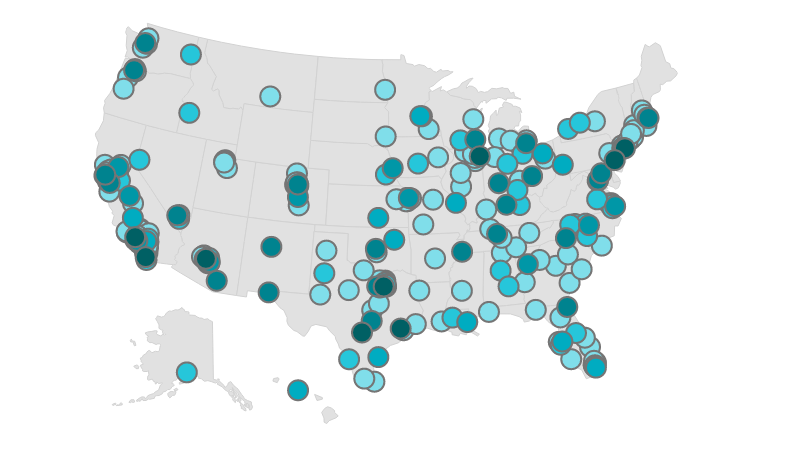What is a Lower Radiator Hose and How Does It Work?
The lower radiator hose is a flexible rubber tube that connects the bottom of the radiator to the water pump inlet. Its job is to carry cooled coolant from the radiator back into the engine, ensuring proper temperature regulation and preventing overheating.
Because it operates under high pressure and constant heat cycles, the lower radiator hose is critical for maintaining reliable engine cooling.
Why the Lower Radiator Hose Matters
If the lower radiator hose cracks, leaks, or collapses, coolant can be lost or restricted. This can lead to engine overheating, severe engine damage, or complete breakdown. A properly functioning hose ensures continuous coolant flow and consistent engine temperature.
Important to Know:
- Radiator hoses are typically replaced in pairs (upper and lower) to ensure reliability.
- Rubber hoses degrade over time due to heat, pressure, and exposure to coolant.
- Modern hoses may also include quick-connect fittings that require special tools for removal.
How Lower Radiator Hose Replacement is Done:
- Inspect cooling system for leaks, cracks, or soft spots in the hose.
- Drain coolant to a safe level for hose removal.
- Disconnect the old lower radiator hose and fittings.
- Install a new OEM-quality hose with fresh clamps/seals.
- Refill coolant and bleed air from the system.
- Pressure-test the system and perform a road test to confirm proper cooling.
When to Replace the Lower Radiator Hose:
On average, radiator hoses last 5–7 years (about 60,000–100,000 miles), but they should be replaced sooner if any signs of wear are visible.
Signs You May Need a New Lower Radiator Hose:
- Visible cracks, swelling, or soft spots in the hose
- Coolant leaks under the vehicle
- Engine overheating or temperature fluctuations
- Low coolant warning light
- Steam or strong coolant smell under the hood
How Important is This Service?
A failing lower radiator hose can cause rapid coolant loss and engine overheating, which may result in costly repairs. At Nationwide Mechanics, we provide fast and reliable radiator hose replacement with durable, high-quality parts to keep your engine running cool and safe.




